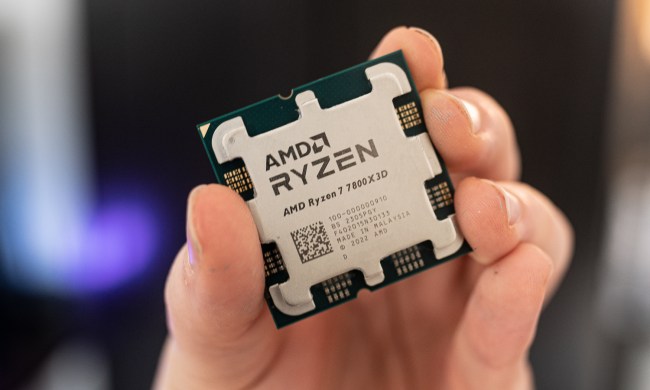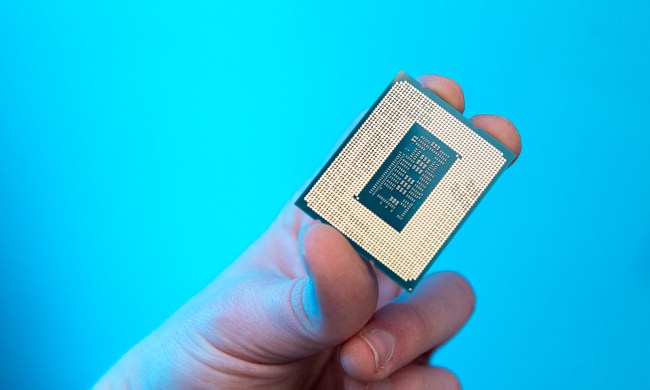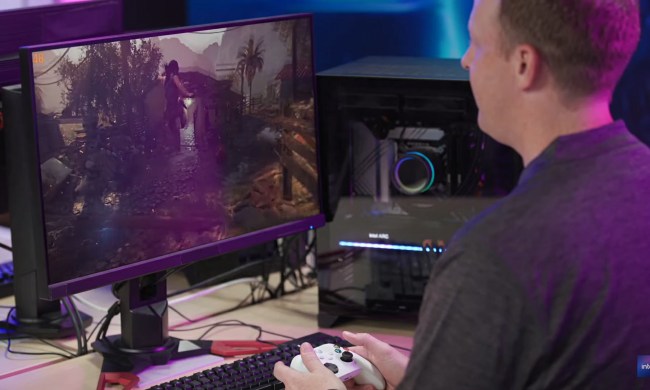AMD has been at the heart of Sony’s consoles for the last two generations, but a new report suggests Intel was close to designing the chip inside the unannounced PlayStation 6. Intel and AMD were caught up in a bidding war to design and manufacture the chip for the console, but Intel ultimately lost out on the contract, reports Reuters.
According to the report, negotiations with Intel fell apart over how much profit the company would earn from each chip it sold to Sony. Sources who spoke with Reuters say that these discussions took place over several months in 2022 and included the CEOs from both Intel and AMD, as well as “dozens of engineers and executives.”
Outside of a profit dispute, the report claims that backward compatibility was a concern for Sony. The PS4, PS5, and upcoming PS5 Pro all use AMD hardware, so compatibility with previous generations would have been at risk had it gone with Intel. On a PC, you don’t have to worry about compatibility much between AMD and Intel. But a console, which is built with specific software and its own operating system, could introduce compatibility issues.
We also saw some of what can happen with weak software when Intel first introduced its Arc A750 and A770 graphics cards. Similarly, the MSI Claw handheld faced issues with its Intel chip as well. It’s the first handheld gaming PC to use an Intel chip, and it struggled in both performance and battery life against AMD-powered devices like the Asus ROG Ally X.
Intel has seen financial issues over the last several months. The company reported historically low revenue, causing investors to sue, and it announced it would layoff about 15% of its workers. In addition, Intel recently canceled its 20A node on its public road map, and will instead move resources to 18A, for which Intel has secured contracts with Microsoft and the U.S. Department of Defense. Securing a contract for the PS6, according to Reuters, would have resulted in around $30 billion in revenue.
Although AMD and Intel were the final companies at the negotiation table, the report says others, such as Broadcom, were considered for the PS6 as well. “We strongly disagree with this characterization, but are not going to comment about any current or potential customer conversations,” an Intel spokesperson said to Reuters in a statement.





